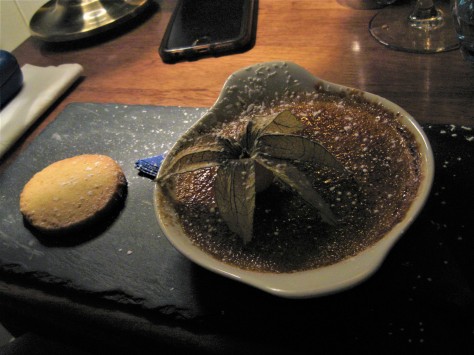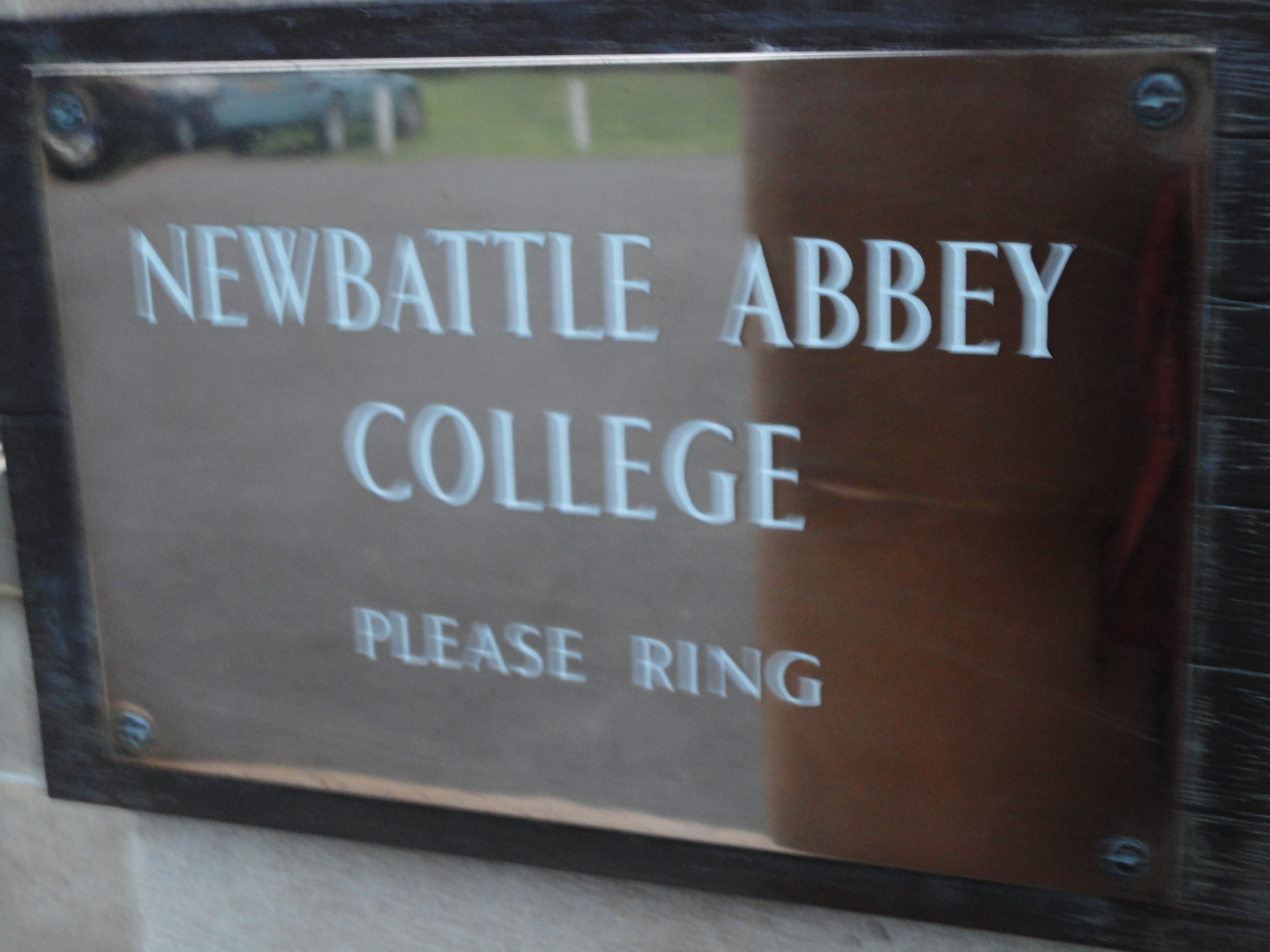What’s older than the Pyramids and Stonehenge, and is a UNESCO World Heritage site in Ireland?

Set in the Boyne Valley in County Meath – close to the site of an important medieval battle, the formidable stone passage tomb of Newgrange presents a mystery.
Built by ancient Stone Age farmers, this monument has impressive dimensions. Its circular mound is ringed by ninety seven kerbstones, engraved with Neolithic art.


Within its centre, an internal passage leads into a stone chamber with three alcoves.
And it is at its core, that its meaning becomes clear…
For on the longest night of the year – the Winter Solstice to be precise, the morning sun illuminates this inner chamber through a portal cut into the stone cavern.
Was it an ancient temple – a repository of ceremonial, astrological or religious significance?
How was it constructed? The amount of time and labour involved suggests that the stone age people who built it, and the thirty five surrounding smaller mounds, must have lived and worked in a complex, well organized society where specialized groups were responsible for specific tasks…

All these stones brought to this site. What a phenominal effort! And not to be outdone, the Victorians built even more structures close by.

To visit Newgrange is a breath-taking experience for any traveller. But for those who enter the dark chamber on the morning of the Winter Solstice, it must be a spiritual, life-enhancing event.
No doubt, many people would relish such an experience, and hundreds do arrive on the day just to stand in awe outside the imposing bulk but if you wish to participate in the inner chamber, there is a free annual lottery. From the many thousands who enter, only sixty are picked.
All of this would be wonderful, providing the weather gods cooperate and the sun shines.
If you are lucky enough to be visiting Ireland, a trip to Newgrange requires some planning for there is no direct public access. You can only attend via a two hour guided tour which begins at the Visitor Centre, and involves a walk over a nearby stream and a shuttle bus to the tomb.
But on our recent trip, we jagged a last minute booking for a tour, which took us into the inner chamber to recreate the Winter Solstice experience. You stand shoulder to shoulder in the dark for some minutes with a group of strangers, an eerie experience in itself, then a light from the portal streams into the cavern… a spark of the supernatural, a sense of rebirth within an ancient womb.
There’s a collective gasp, hands reach for the damp solidity and certainty of the cold stones behind us. Breath expelled, we tramp out through the narrow passage, ducking under the low lintel, to return to the murk of an Irish day and our lives, which seem a little ordinary by comparison
For me, it was a highlight…. a fanciful forging of a link back to the ancient ones – a gentle touch, perhaps even a comforting hand on the shoulder – a visceral shrinking of time… a memory which will not be forgotten.
And afterwards…well there’s the Visitor Centre with its delicious Irish specialties.











































































 Not far from Edinburgh, there are ghouls and ghosties galore at an ancient Cistercian monastery. Now the ruins have been incorporated into an educational college, but there are reports of a Grey Lady and spectral monks wandering the grounds – 125 acres of parkland with swathes of ancient forest, the remains of a prehistoric settlement and a bridge thought to be of Roman origin.
Not far from Edinburgh, there are ghouls and ghosties galore at an ancient Cistercian monastery. Now the ruins have been incorporated into an educational college, but there are reports of a Grey Lady and spectral monks wandering the grounds – 125 acres of parkland with swathes of ancient forest, the remains of a prehistoric settlement and a bridge thought to be of Roman origin.











